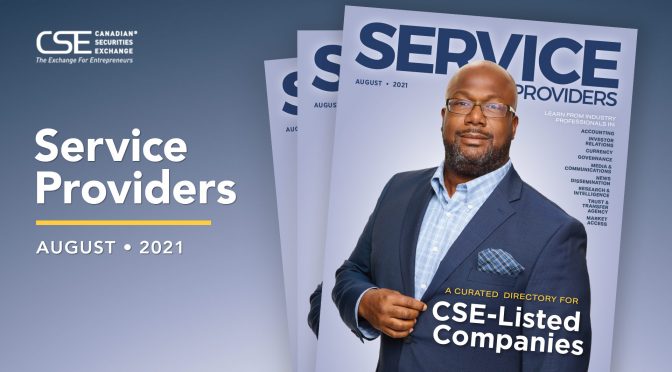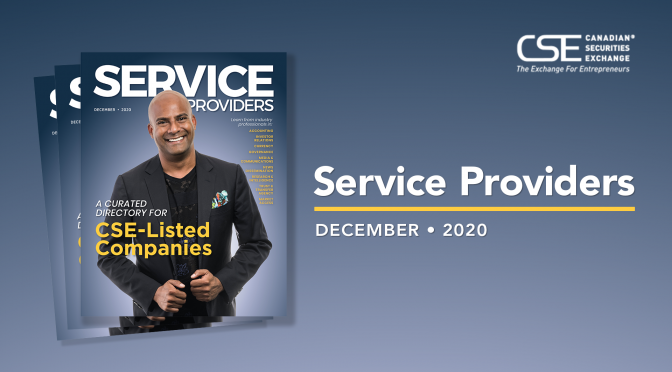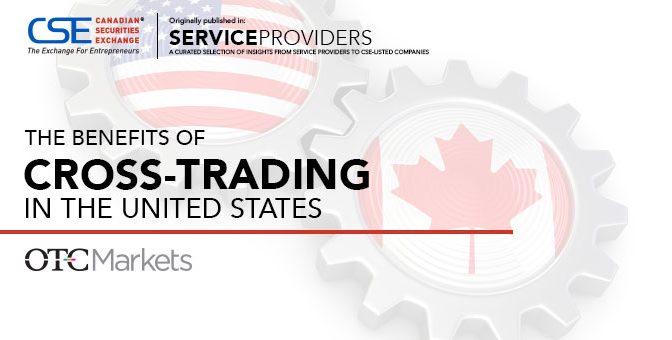A collaborative and engaging form of communication within the investment community is an integral component of a well-managed public company. This can range from traditional and digital media to conferences and networking, however social media and video marketing are the key elements in raising brand awareness most effectively.
When it comes to videos, they are one of the most powerful tools to reach investors because they are easily digestible and more memorable than plain text. In a world where content can be shared via smartphones in a matter of minutes, millions of people can access your content quicker. Here, we will outline how you can create compelling video content to reach your target investor audience using the power of social media advertising.
Play to your social media platforms’ strong suit
With almost 5 billion videos watched on YouTube, and over 8 billion videos watched on Facebook every day, this medium has shown itself to be a powerful and visually engaging mechanism among audiences. Social media is a great tool that a company can use for pushing out their most important information in a creative and digestible manner, however some platforms have different advantages when delivering video content.
Different platforms harbour pros and cons when it comes to distributing video content. Here, we break down which platforms are most effective depending on what your business end goal is.
Facebook
● Best for short, informative videos that work without sound
Twitter
● Best for snippets of information (60 seconds)
LinkedIn
● Best for “how-to” content and case studies
YouTube
● Best for longer, educational content that answers questions
Although understanding the strong suits of each platform is important for tailoring video content, it is also important to know that social amplification can add another layer of visibility and reach beyond a company’s direct online network.
Amplifying video distribution with social media
When creating content, it is important to consider how your information will be relayed to the public, especially when aiming to extend beyond your audience base. The main goal is to reach a wider scope of people in order for your company to get discovered by new investor eyeballs, receive higher engagement rates, and build up a positive reputation.
Market One Media Group utilizes top-tier business publications such as the Financial Post, BNN Bloomberg and Kitco to showcase content to a high-quality investor audience – whether it be videos or online articles. Through these partnerships, we’re able to tap into a network of over 2.5 million potential investors and are able to amplify our reach through strategic and targeted social media advertising.
Social media advertising is the next important step for a video once it has been published on our distribution networks because it broadens our audience. Based on the knowledge that social media networks utilize user information to serve relevant content to interested viewers, setting up targeting specific to each piece of video content is crucial.
To successfully promote a video on social media, the following questions should be considered:
Based on the specific industry, who is your target demographic?
Where does the majority of your target audience consume their information?
Who are your competitors and who is their target audience?
With these questions in mind, it is easier to generate an effective audience base who is more likely to engage with your content. Subsequently, these ads are able to generate better brand awareness and can help draw investors to your company’s website.
Adding video content to your website
When it comes to sourcing quality news and information on the web, investors will look at prospective company websites which provide a wealth of information. Every good website that is catered towards investors should include video pieces that encompass different elements of a company’s business. This can be done by incorporating clips of the CEO, drone footage of mining sites, discussing corporate social responsibility, or live conference footage.
As a company looking for new investors, here are some reasons why adding video content to your website is helpful:
● Effectively deliver your message
● Increase engagement
● Add personality to your brand
● Stand out among competitors
● Be memorable
Moreover, creating multiple touch points with website visitors is imperative for public companies, and the best way to do so is through setting up a Facebook pixel. The pixel works to target your ads to the right people based on your website’s traffic patterns. This tool can improve your marketing strategy by guiding your ads to the people you want to reach and the people who have already shown an interest in your company.
Video content has proven its potential to transform journalism and traditional content distribution. Sharing a company’s brand organically, in the form of a visually moving story, is much easier to distribute and has drastically changed an audience’s experience when interacting with an organization. Pair this with strategic social media advertising, and you’ve got a solid marketing plan for your company.
Video isn’t dying down anytime soon, so we suggest adding it to your content marketing strategy because it has the ability to encompass your company’s voice in a short time span, can be optimized to reach the right people, and is inherently sharable.
For more information on how you can inform investors by creating custom video content, visit our website: www.marketonemediagroup.com
This story was featured in the Service Providers magazine.
Learn more about Market One Media Group at http://www.marketonemediagroup.com/ and on the CSE website at https://www.thecse.com/en/services/services-for-listed-companies/market-one-media-group.











